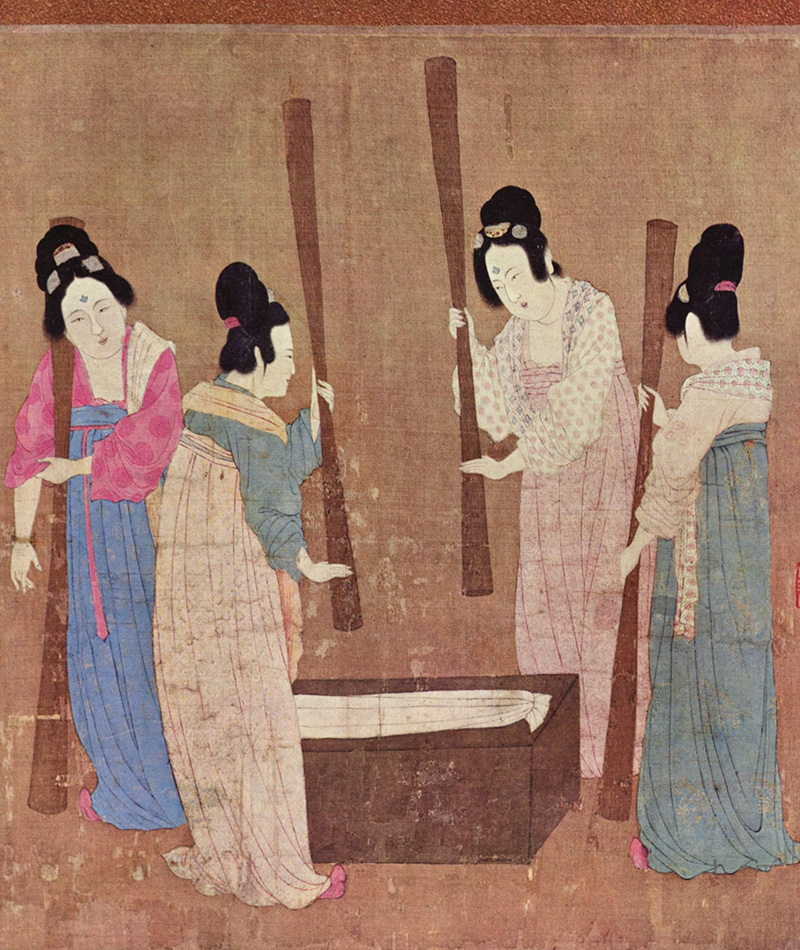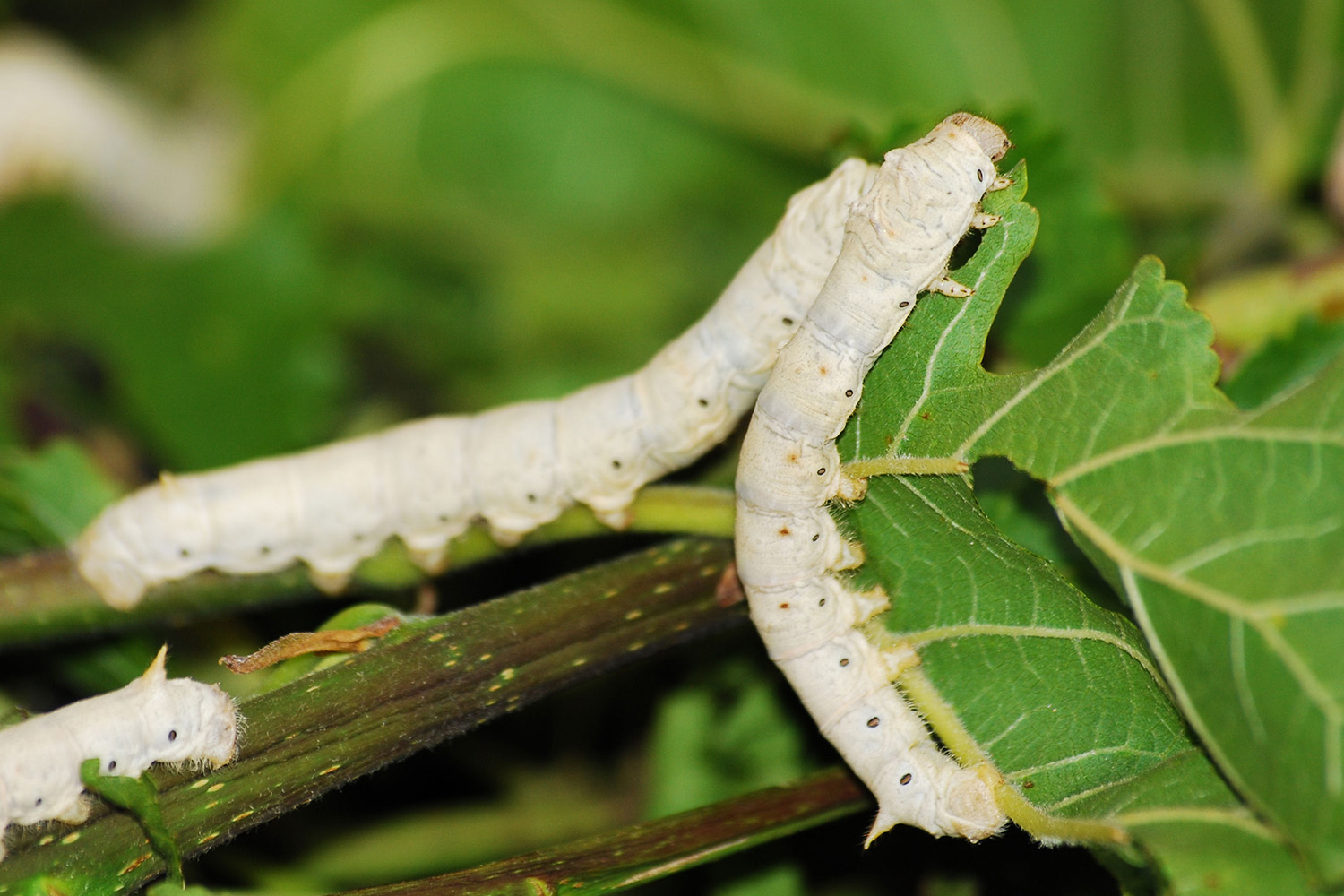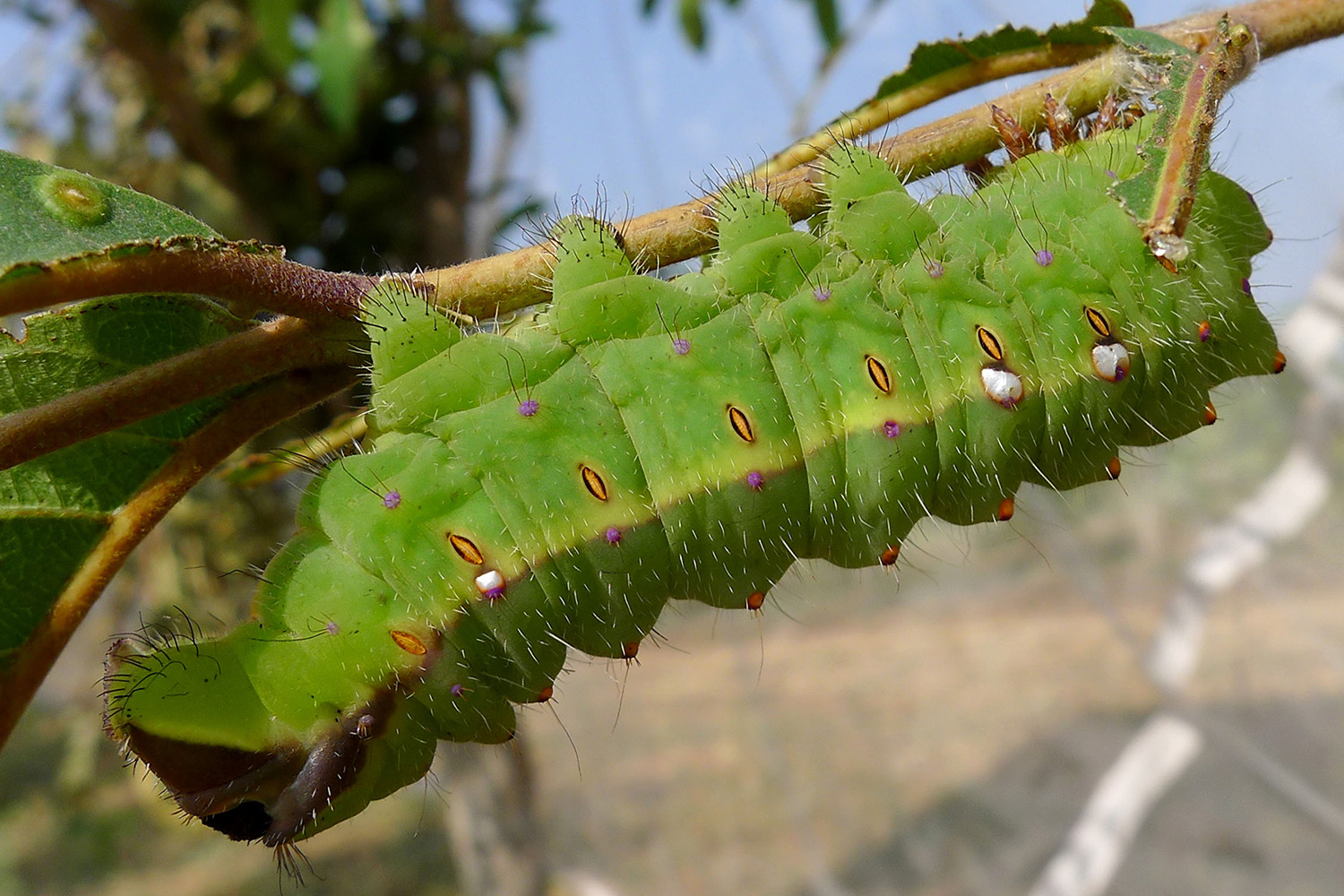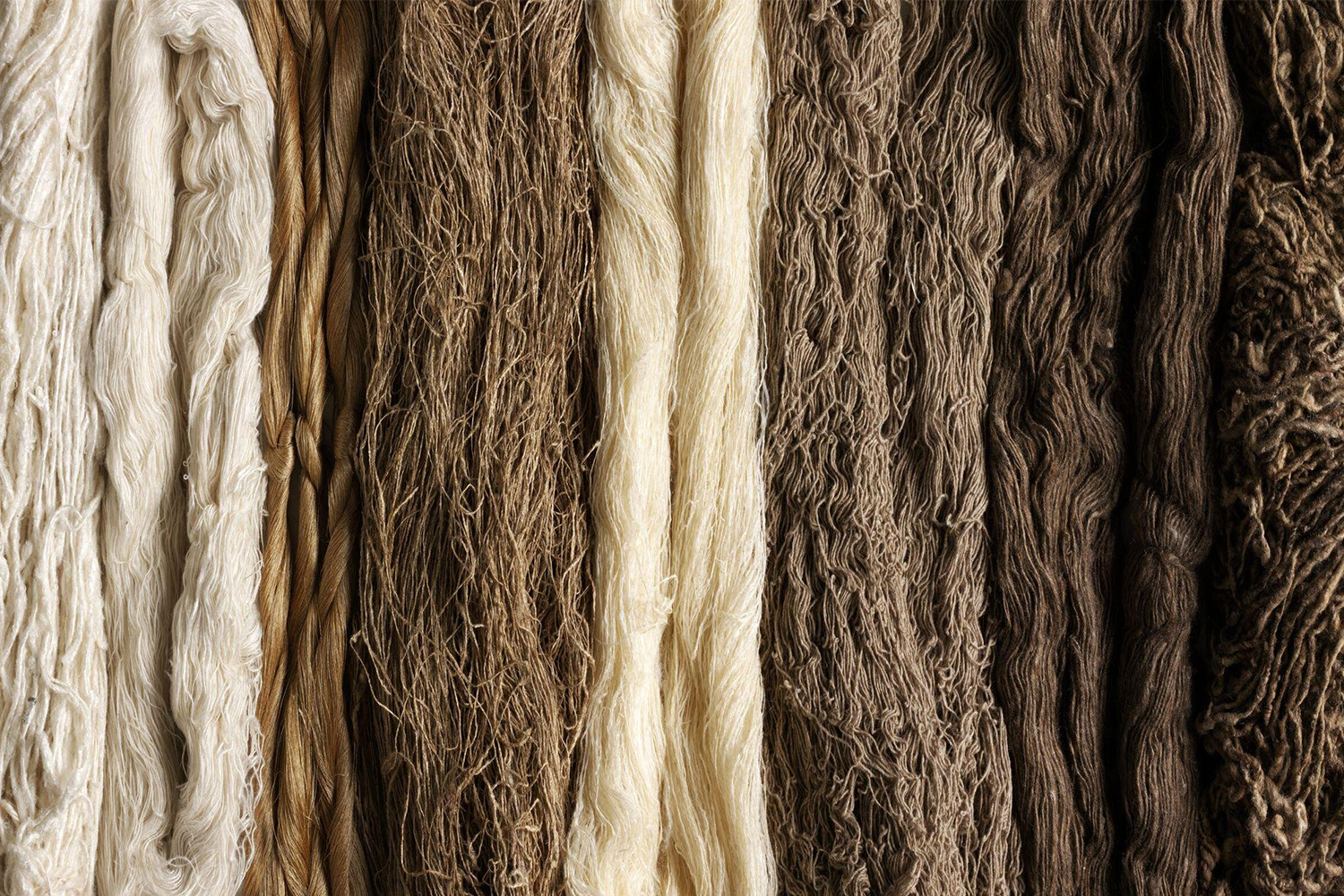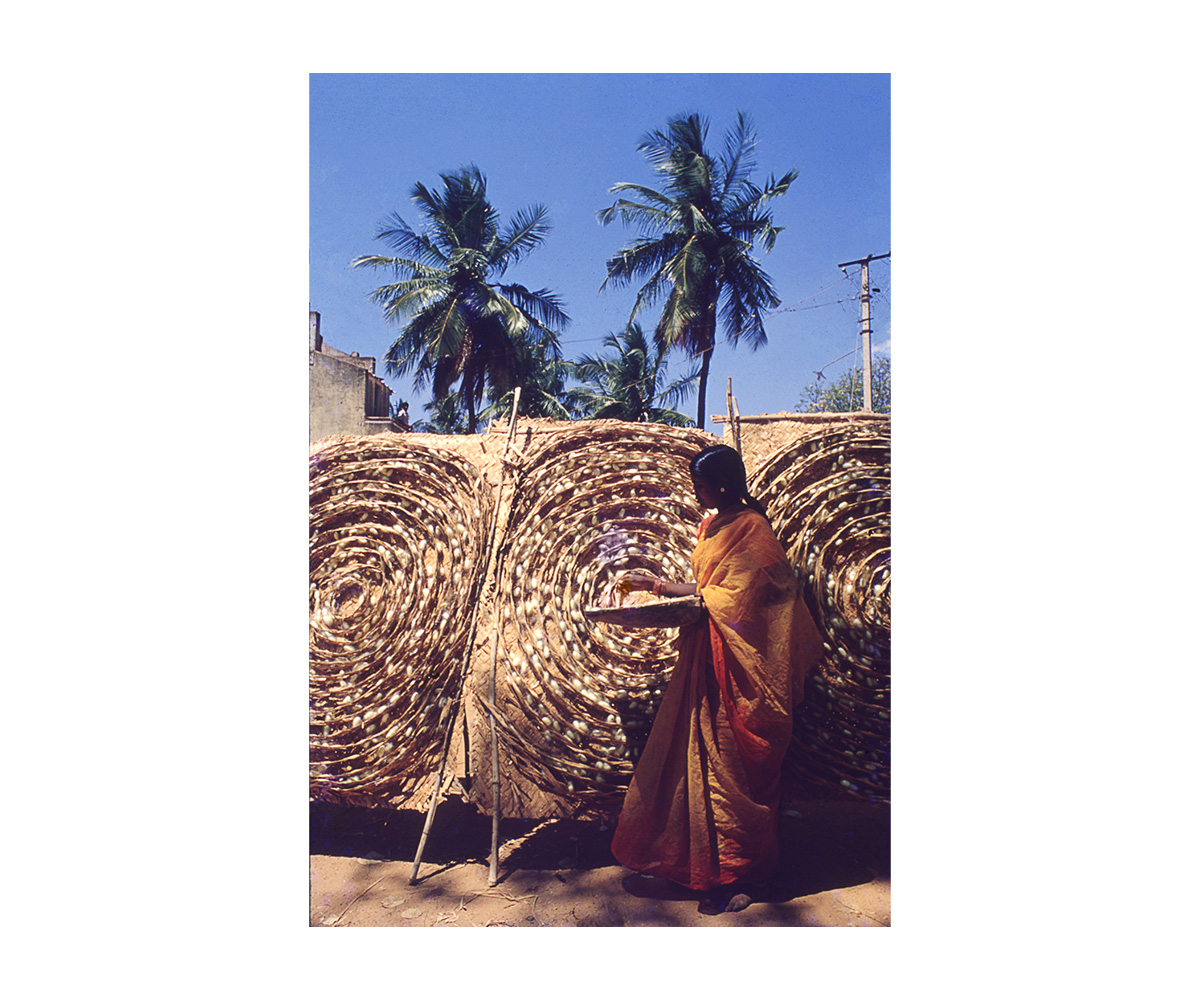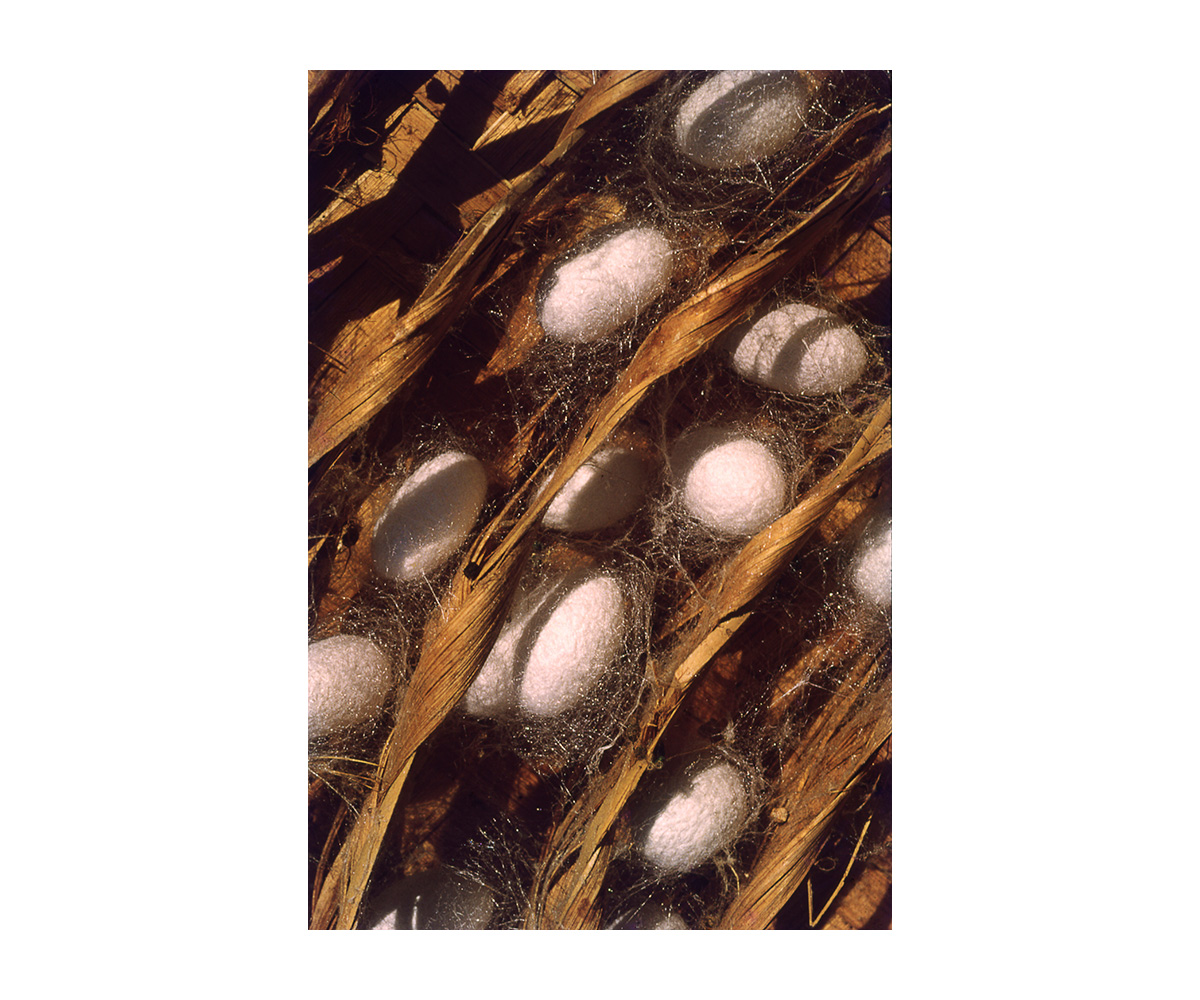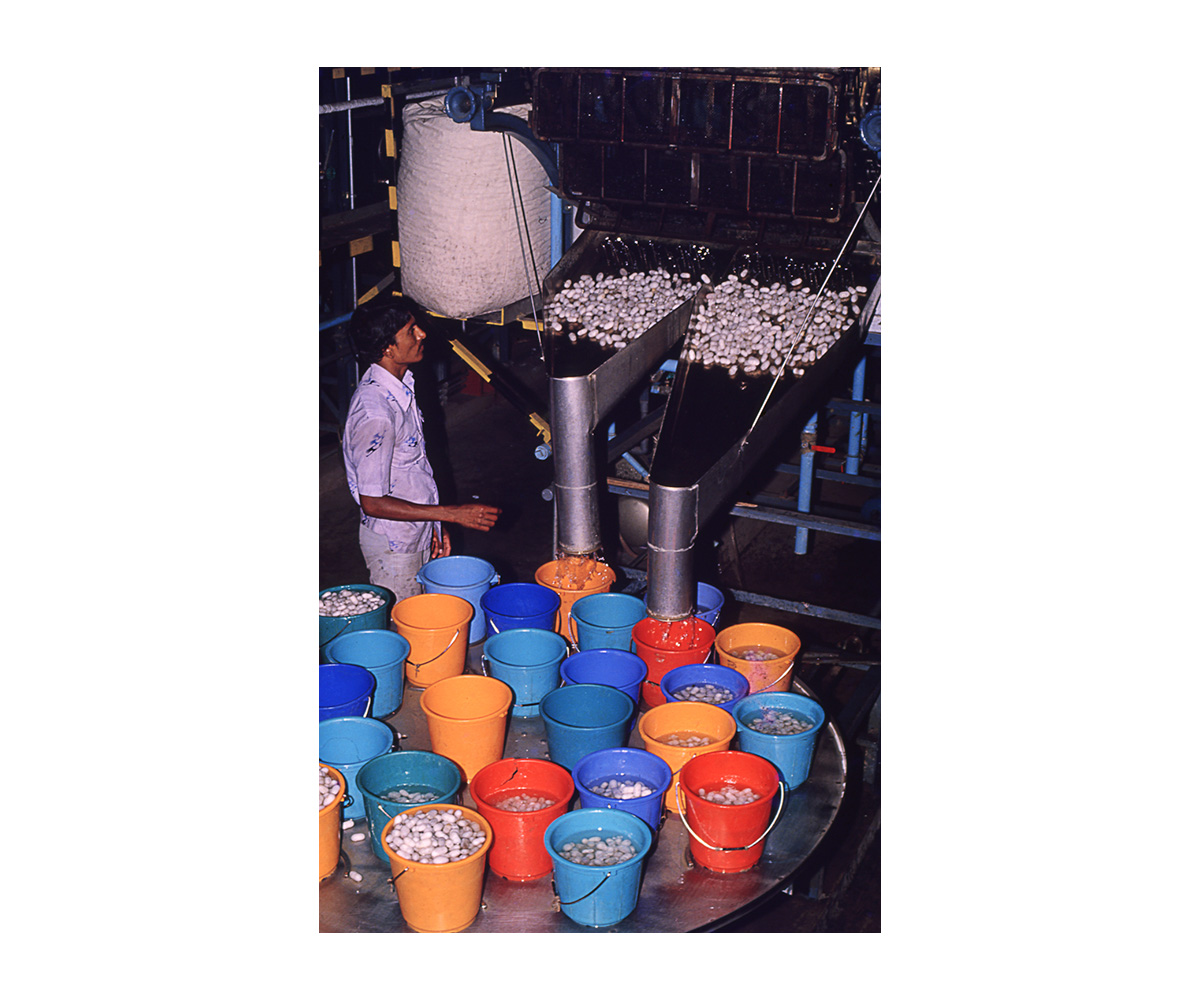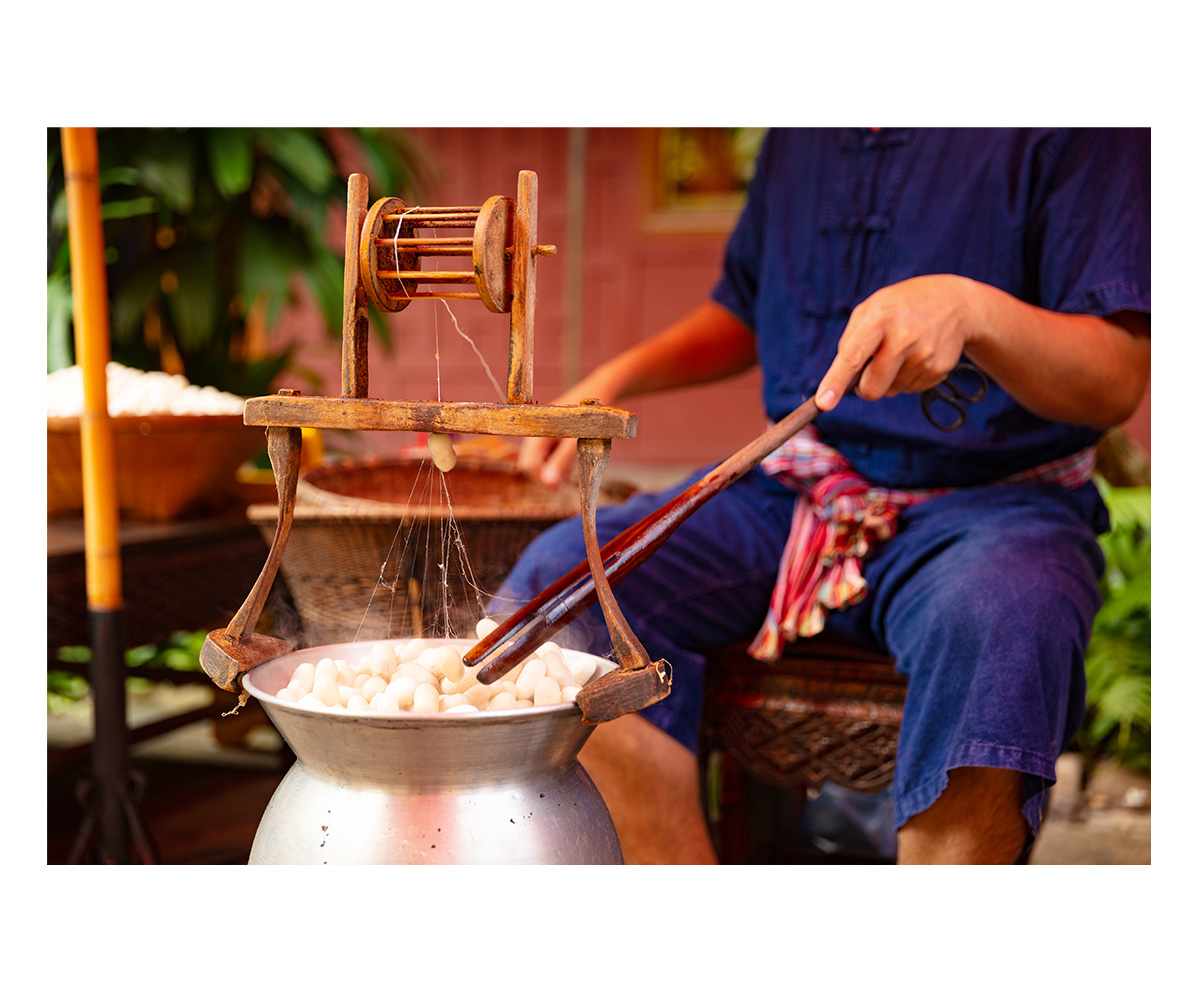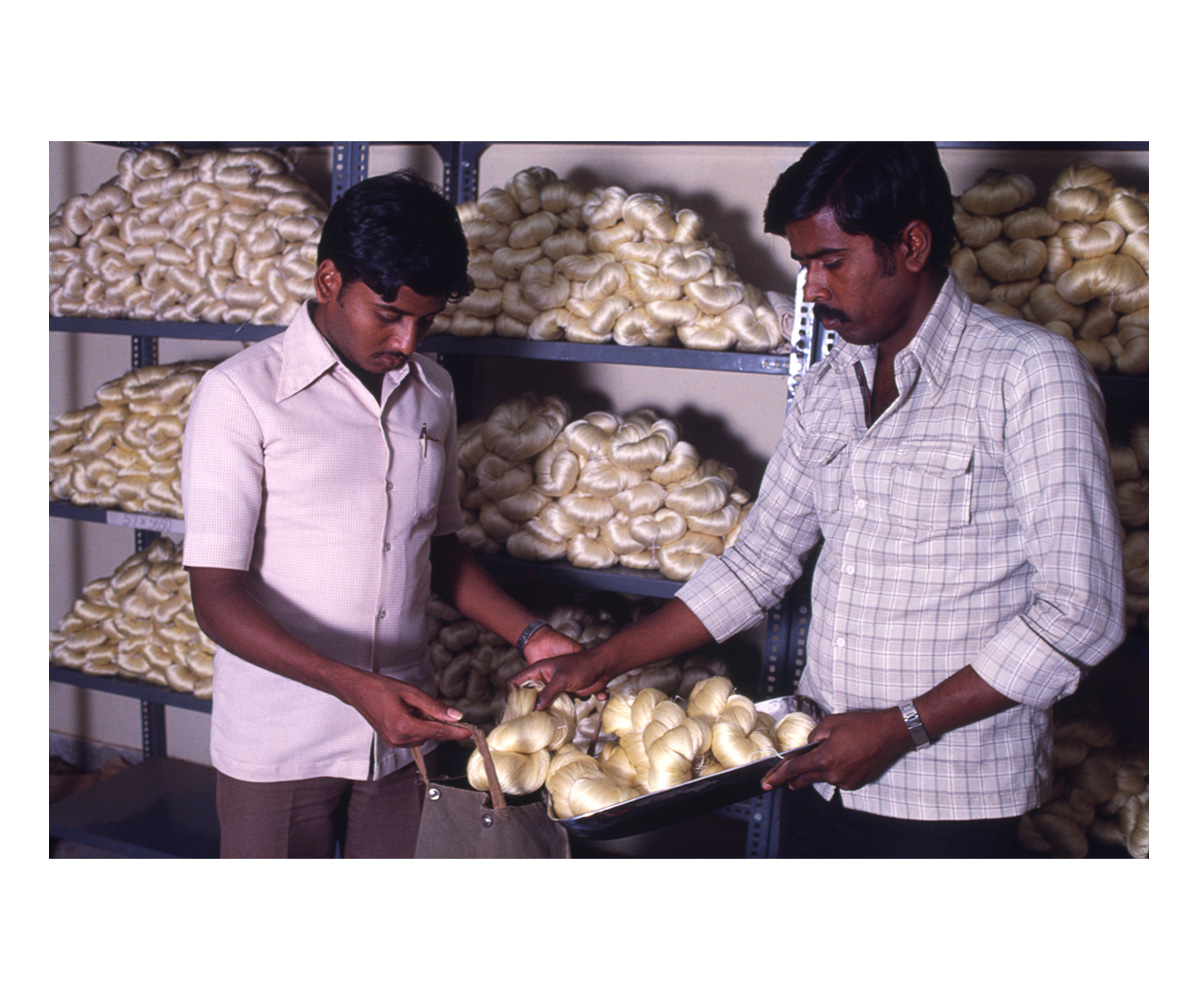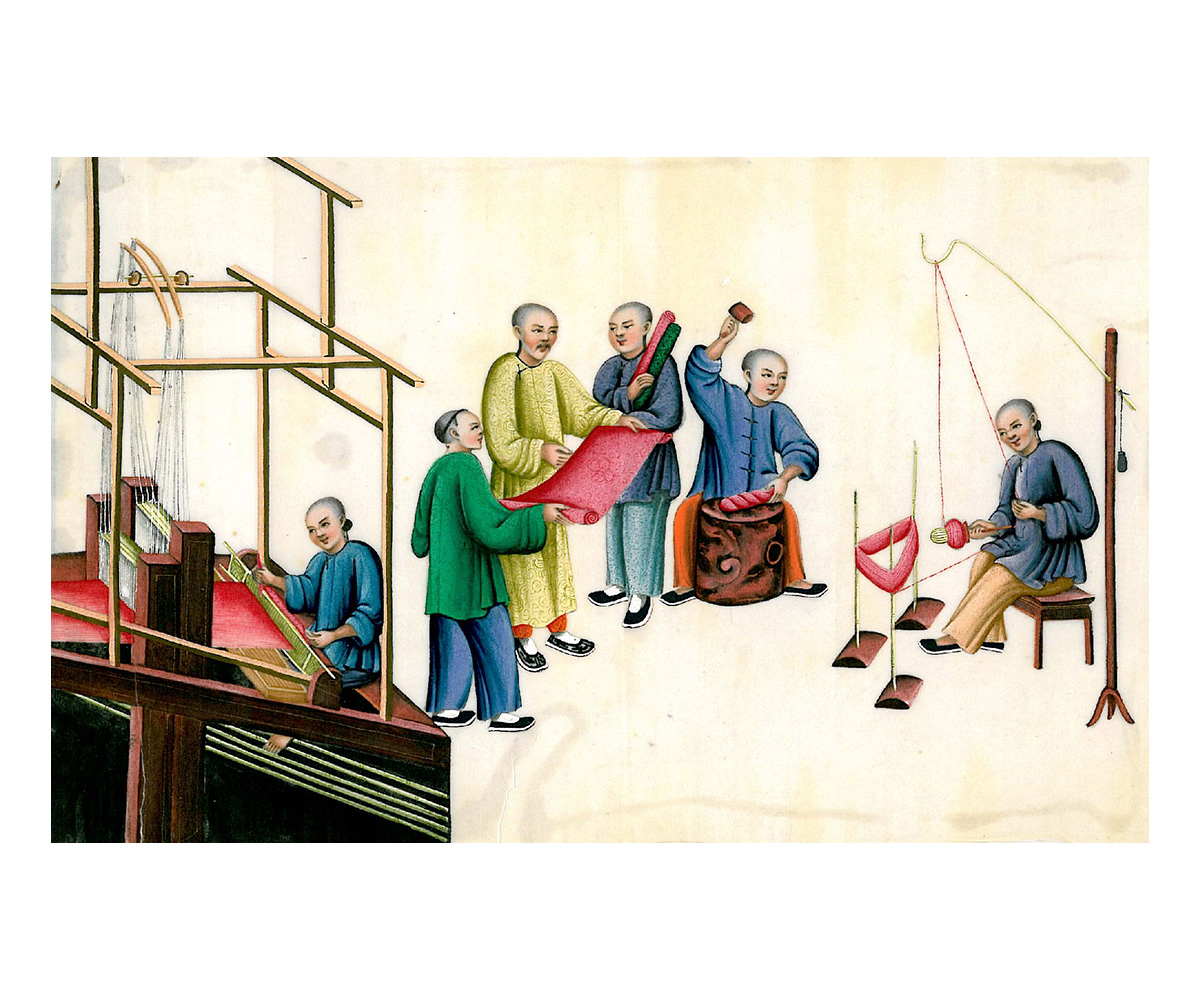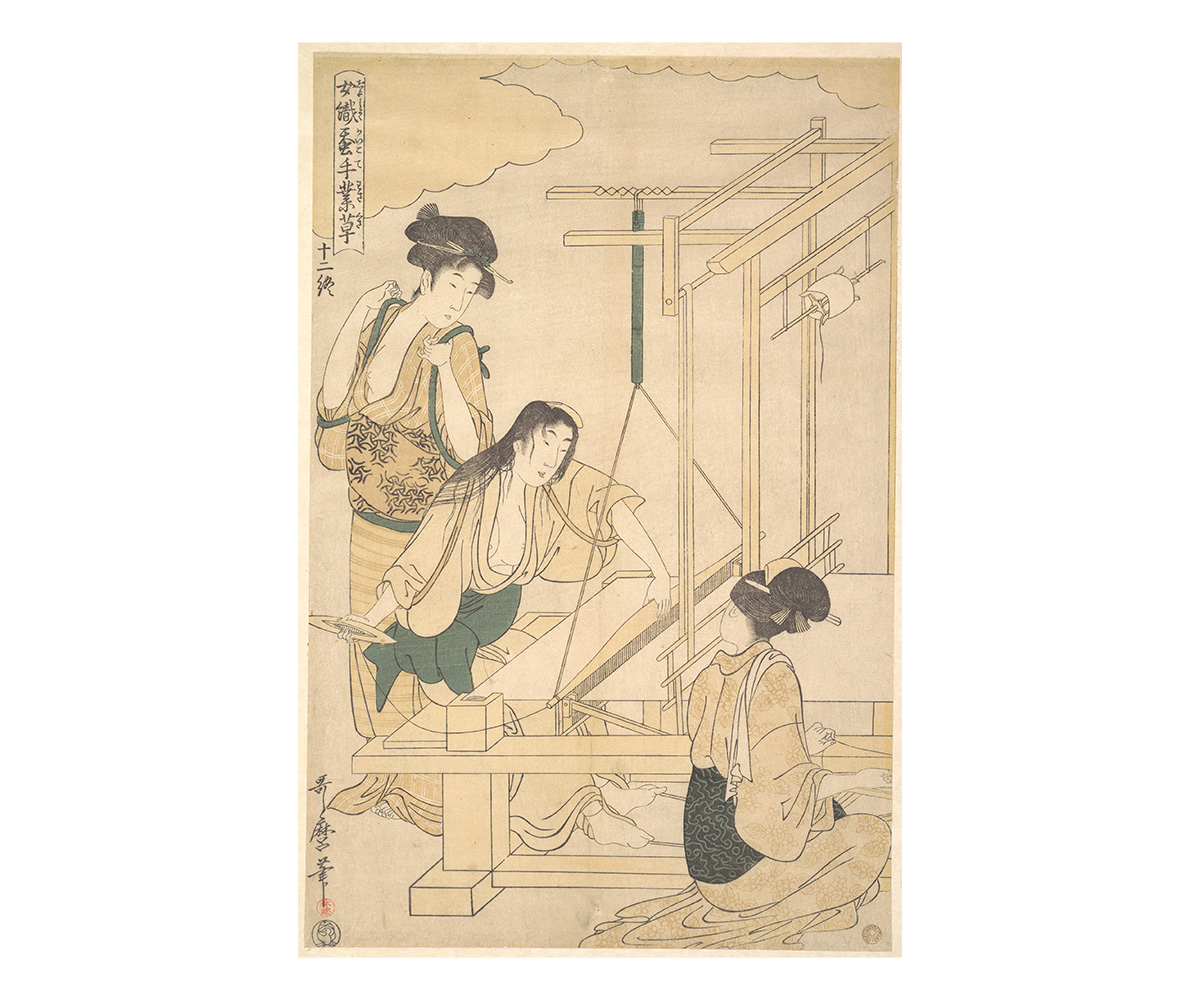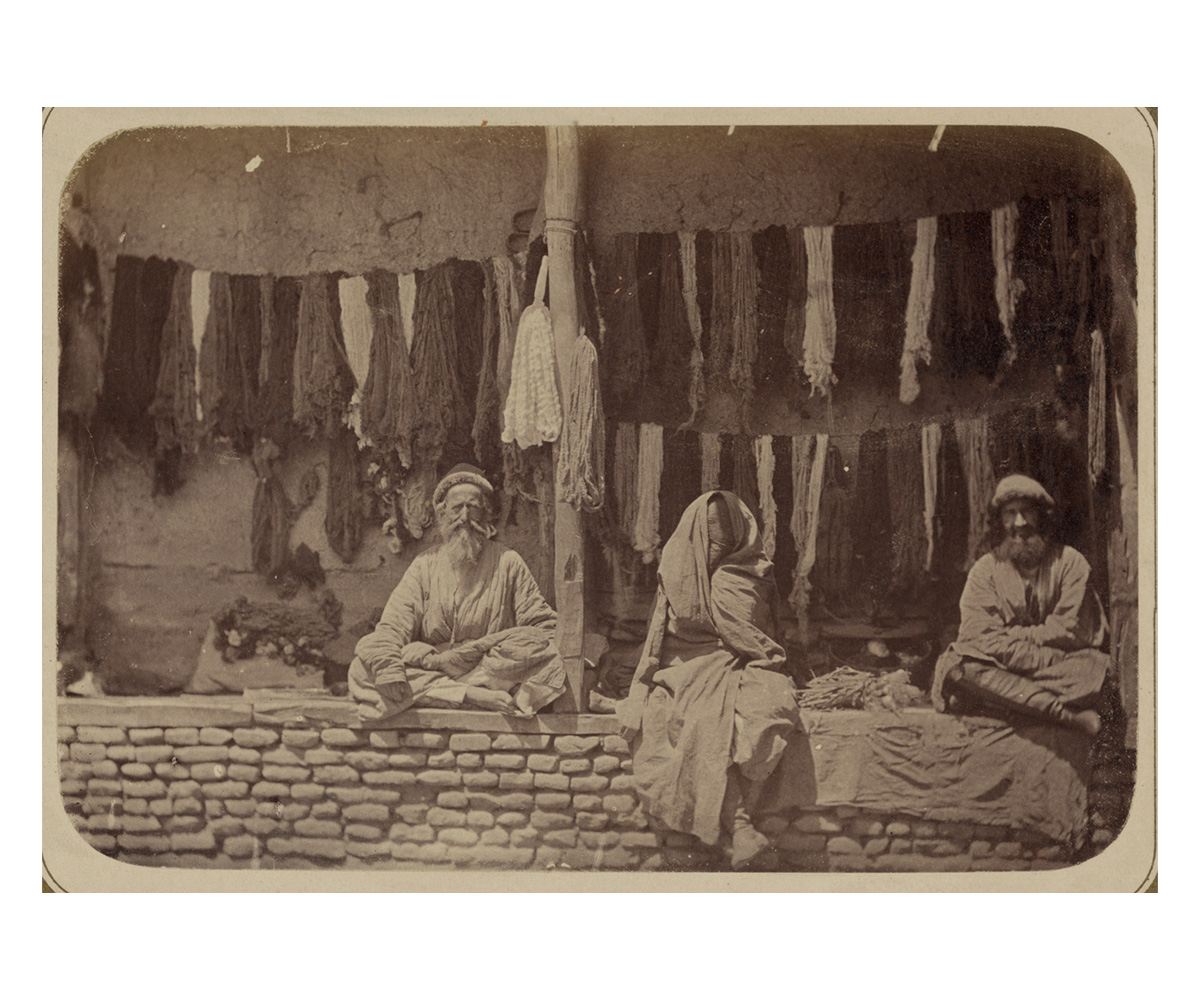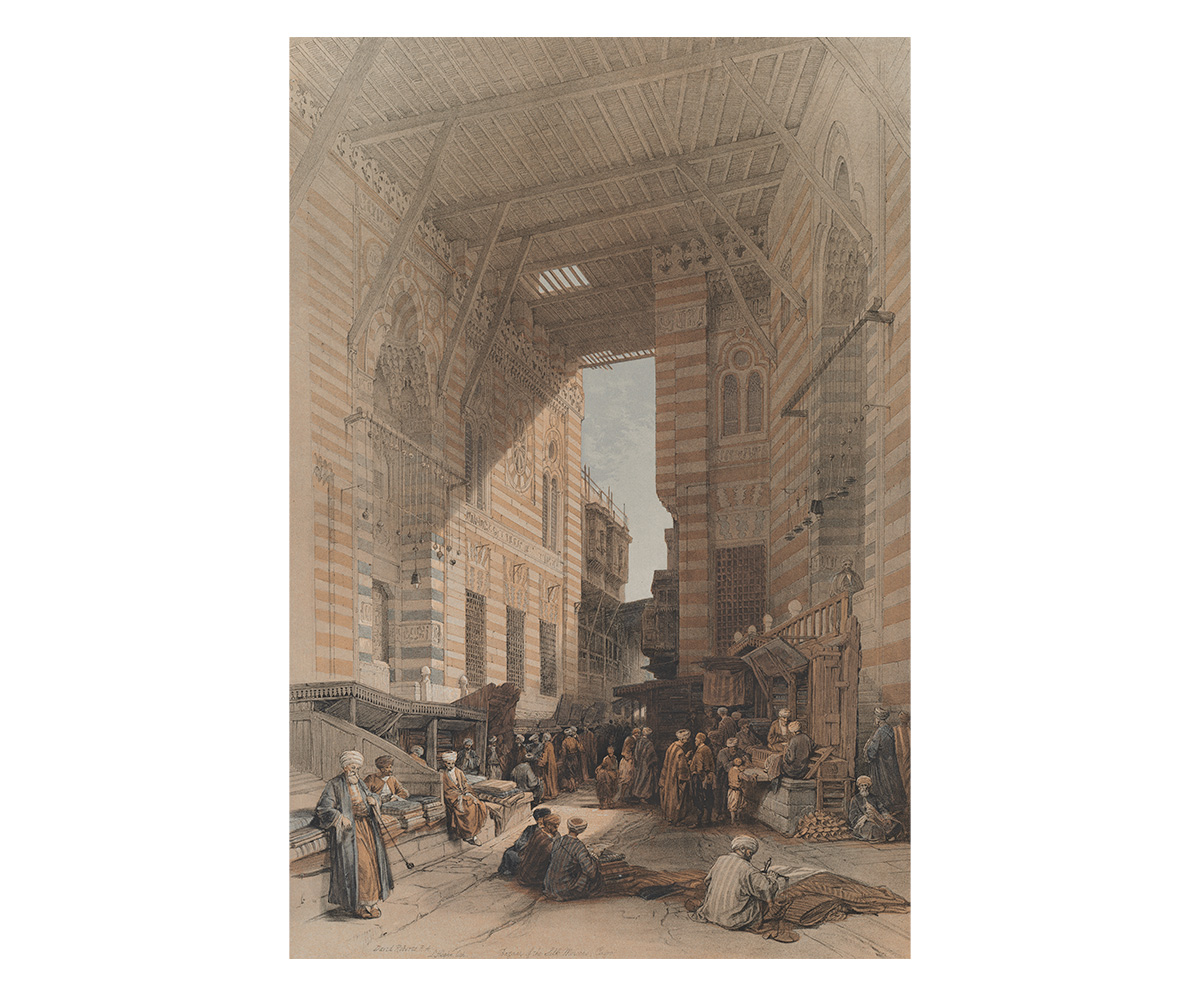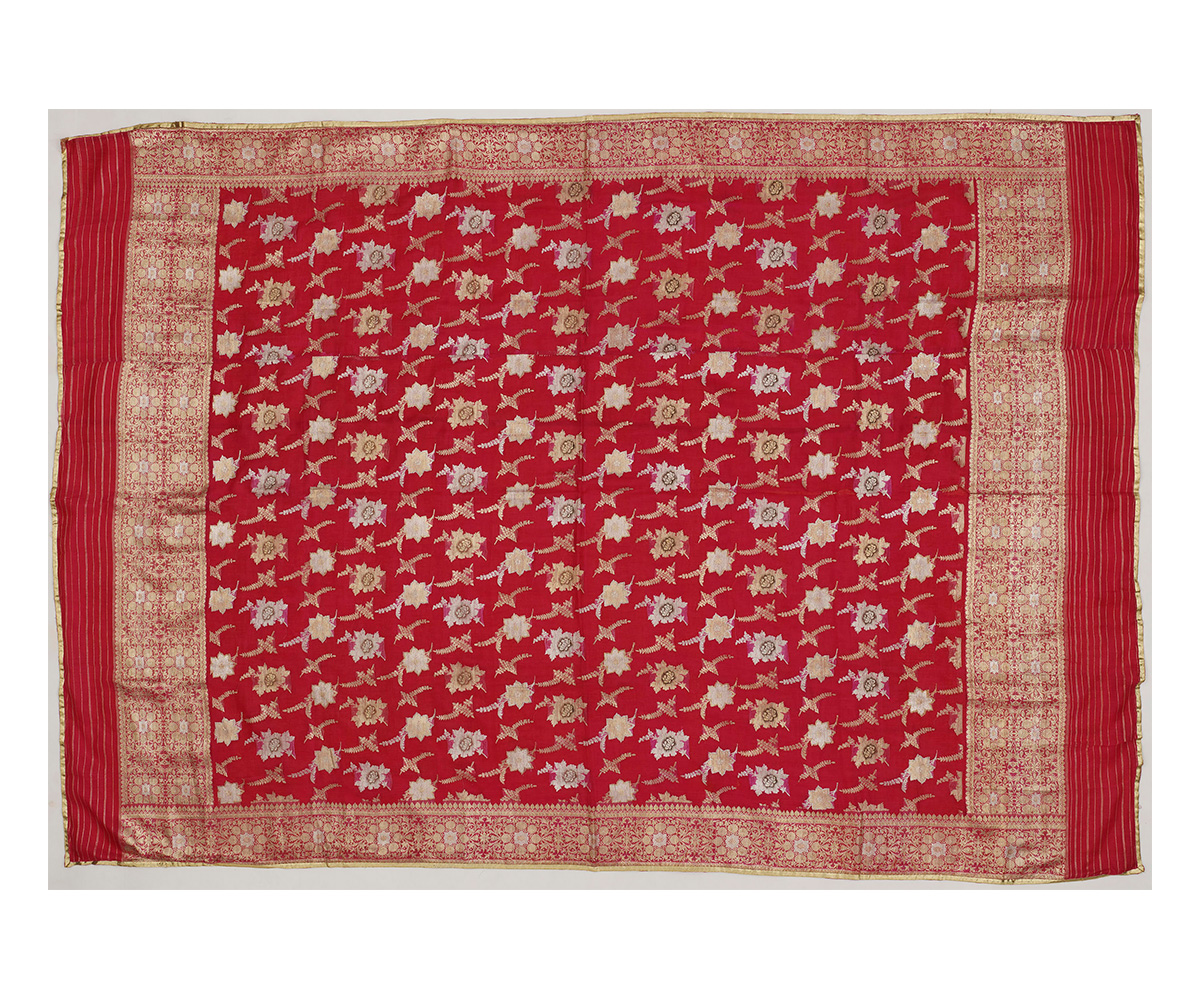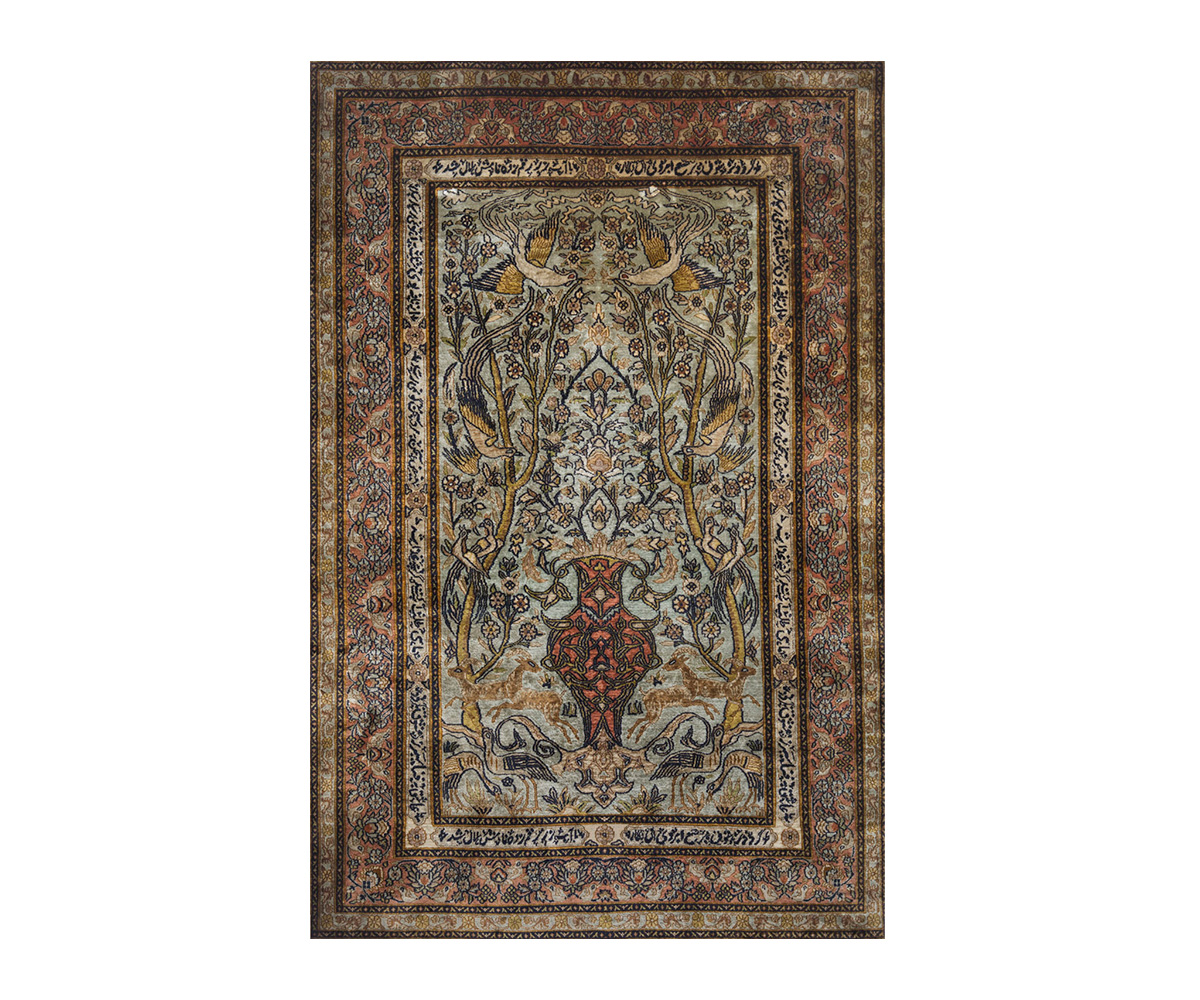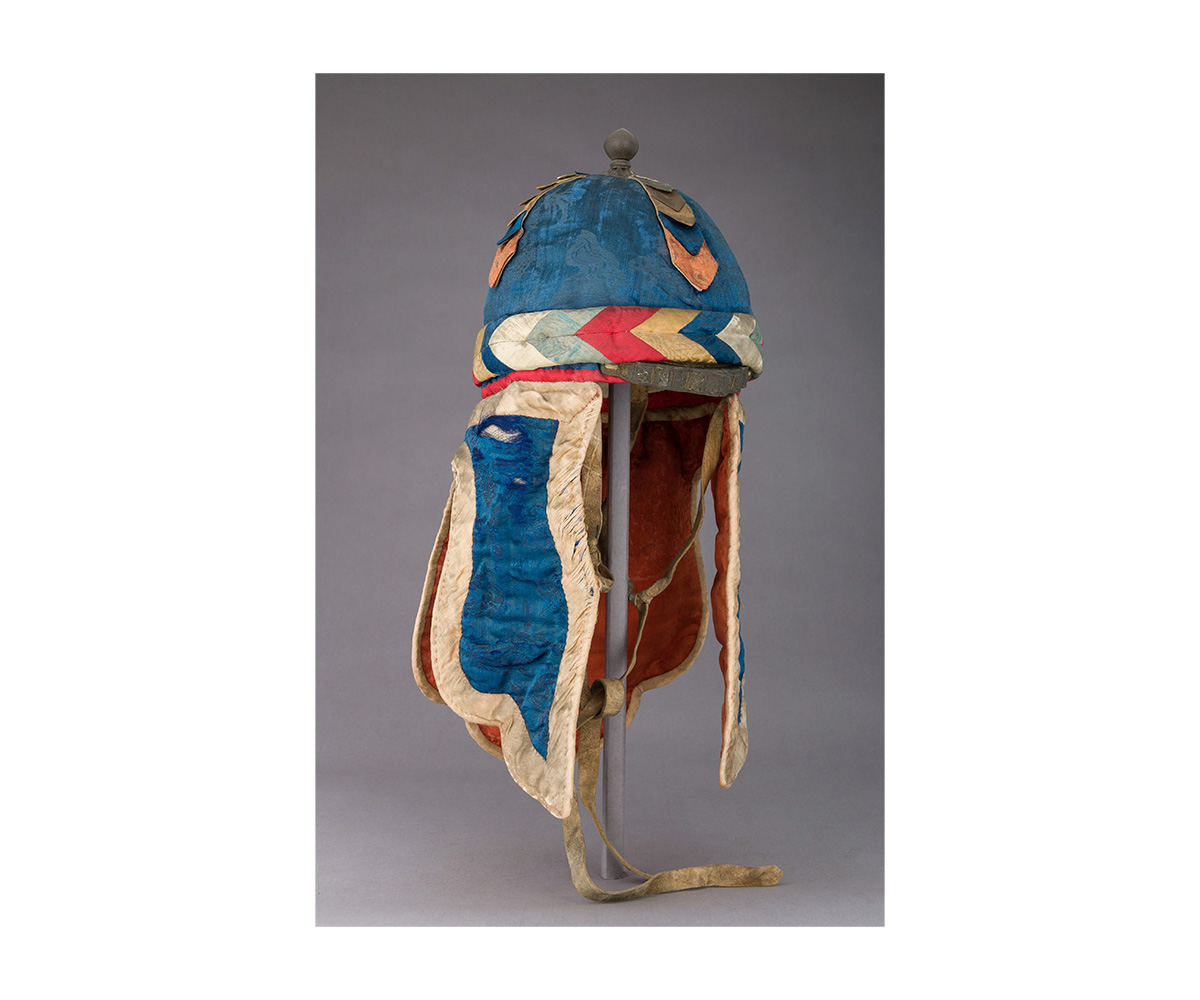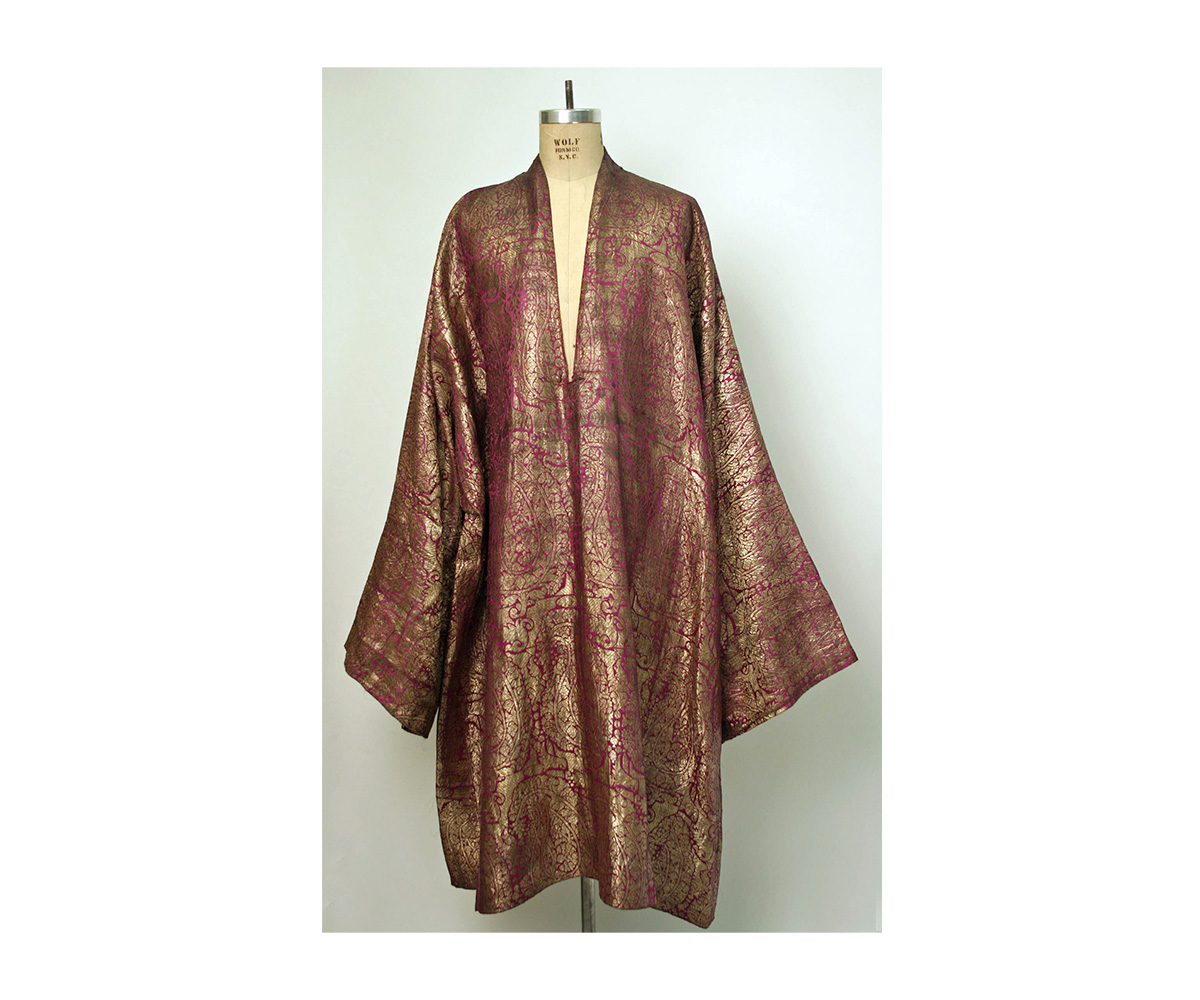ARTICLE
Silk
The majority of silk production today is domesticated, with the above process taking place in highly controlled environments. However, the tussar and muga worms are wild and harvested in their natural habitat, often because it is not possible to domesticate the trees that they feed on.
For the production of domesticated silk — mainly from Bombyx mori, which feeds exclusively on the leaves of the mulberry plant — silkworms must be reared in large numbers, ensuring optimal living conditions and food; the larvae feed continuously on leaves until they moult and form cocoons. The completed cocoon is subjected to heat, killing the silkworm inside, in order to obtain an unbroken length of silk fibre. The fine filaments are unwound from several cocoons at once to be reeled together into a single strand, and many strands are twisted together to obtain silk yarn that is suitably thick. After this, the yarn or fabric may be boiled in a soap solution to remove the sericin — this step, known as degumming or silk scouring, smoothens the fibres and imparts lustre to the fabric. Silk that is not processed to remove sericin constitutes raw silk, and is coarser and less lustrous. The silkworm pupae are consumed as food in Northeast India and various East Asian countries.
An alternative method, in which the silkworms are not killed, is used to produce what is known as ahimsa silk, named after the ancient Indian principle of nonviolence. Here the silk is harvested after the metamorphosis is complete and the silk moth is allowed to leave the cocoon naturally. In this process, however, the silk filament is broken by the emerging moth, resulting in discontinuous fibres of varying lengths. These must be spun together rather than reeled, yielding a more irregularly textured fabric. Eri silk, white or terracotta in colour, is harvested in this way from the domesticated castor silkworm, Philosamia ricini.
Tussar, a variety of wild silk obtained from certain silkworms of the Antheraea genus native to China, India and Japan, constitutes the highest volume of non-mulberry silk in the world. Muga silk, known for its strength and golden yellow colour, is produced by Antheraea assamensis, belonging to the same genus and endemic to Assam.
Silk production is known to have started in ancient China by the third millennium BCE, though recent research in neolithic Chinese burial sites has uncovered evidence of silk and basic weaving tools believed to be around 8500 years old. Culturally, the origins of silk have mythic associations. Chinese legend states that empress Leizu, wife of the Yellow Emperor, Huangdi, stumbled on the discovery of silk when she began to unravel a cocoon that had fallen into her teacup. She is said to have taught the art to the people, and is revered as the goddess of sericulture. For centuries, the art of sericulture was kept a closely guarded secret in China as silk remained a highly exclusive commodity, reserved for use in the royal court. It became an important industry during the Han dynasty, and the fabric started to be used as high-value currency within the kingdom, as well as imperial gifts that travelled as far as Egypt and Rome. By the first century BCE, it was a prized luxury good in the Roman empire, and eventually became one of China’s biggest exports, in an East–West transcontinental trade that gave the Silk Road its name.
The knowledge of sericulture is thought to have reached India and Japan around the turn of the millennium and thereafter spread to Persia and Rome by the sixth century CE. India is believed to have imported mulberry silk from the east through present-day Assam, and from the west through present-day Uzbekistan and Pakistan. However, the origins of silk production in the Indian subcontinent are ambiguous, with evidence suggesting that production of wild silks such as tussar and eri was already underway in the second or third millennium BCE. Various references to silk (kausheya — and later, pat or patta — in Sanskrit) are found in early Indian literature. Ancient texts such as the Arthashastra and the Mahabharata, mention the term patrorna — variously understood to refer to indigenous Indian mulberry silk, non-mulberry silk of the subcontinent, or bleached white silk of undefined origin. Other texts such as the Amarakosha, Anuyogadvara Sutra and the Bhagavati Sutra reference different types of silk including tussar, eri and a golden silk that is likely to be muga. The mulberry silk of China appears in Indian texts as chinamshuka and chinampatta.
According to some scholars, Tibeto-Burman groups, most notably the Bodo people of Assam, are likely to have brought the knowledge of sericulture with them from China to northeastern India by the second century BCE. The Assam region is historically known for its silk production, and is referred to in the Ramayana as kosha-karanam-bhumi or ‘land of the cocoon-rearers’; the Bodos are referred to as kirata in Indian literature, a word that denotes silk trader. These tribes are traditionally associated with sericulture and silk weaving, specifically with indigenous eri and muga silks, produced in much smaller quantities than mulberry silk. In the medieval period, pat or patta, a variety of white Bombyx silk likely to have been introduced from Bengal, was patronised by the Ahom rulers of Assam (circa 1228–1894 CE). Textual evidence suggests the presence of mulberry sericulture in the Bengal and Kashmir regions by the late medieval period.
Silk in the Indian subcontinent is, and historically has been, a luxury good. With a demand for expensive fabric for imperial garments and ritual ceremonies, the first silk weaving centres were established in the larger cities and religious centres. Important brocade weaving centres developed in Varanasi, Gujarat, Delhi, Agra and Murshidabad, while Kashmir became an early centre of jamawar weaving, originally using silk, under the patronage of Mughal emperor Akbar. In the seventeenth century, Bengal emerged as an important centre for mulberry sericulture in the subcontinent. It exported silk to Europe through Dutch and British traders, and supplied to domestic markets such as Gujarat, which had previously relied on Chinese raw material for its woven silk goods.
India is the second largest producer of silk in the world, after China. West Bengal remains one of the main producers of silk in India, alongside Karnataka, Andhra Pradesh, Tamil Nadu, and Jammu and Kashmir — together accounting for about 97 percent of the silk produced in the country. The Central Silk Board, instituted in 1948 under India’s Ministry of Textiles, is responsible for the promotion of mulberry and non-mulberry sericulture in the country. With new synthetic alternatives to silk available in the markets, such as rayon and art-silk, the Silk Board has introduced Silk Mark as a label of authenticity for pure silk products.
The uses of silk, historically as well as now, go beyond clothing: apart from use of the fabric for upholstery and accessories like bags, silk fibres have been used as filling for comforters and cushions, and for the manufacture of bicycle tire tubes and parachutes. As a strong, biocompatible material, silk has been widely researched for its potential in surgery and medicine. Used for sutures since ancient times, silk is now being studied for its ability to be turned into gels, films, surgical scaffolds and other forms as a biomaterial. Silk is also produced by most spiders, as well as certain beetles, bees and ants. While spider silk is known for its extreme strength and flexibility, there are substantial challenges in harvesting it, severely limiting its commercial viability. Historically, the fibres have been used to make crosshairs in optical devices like telescopes, and for bandaging wounds because of its biocompatible and antiseptic properties. Recent research shows the potential of spider silk, used in combination with silkworm silk, in repairing nerve damage. Currently many attempts are underway to artificially synthesise fibres that mimic spider silk.
Bibliography
Aditya, Vikas. “Kamrup Fabrics.” Preserve Culture. August 16, 2020. Accessed April 4, 2023. https://www.preserveculture.org/stories-gallery/2020/8/16/kamrup-fabrics.
Altman, Gregory H., Frank Diaz, Caroline Jakuba, Tara Calabro, Rebecca L. Horan, Jingsong Chen, Helen Lu, John Richmond, and David L Kaplan. “Silk-based Biomaterials.” Biomaterials 24 no. 3 (2003). https://doi.org/10.1016/S0142-9612(02)00353-8.
Barhanpurkar, S., B. Tanvi, and Y. Agrawal. “Banarasi Brocade: An Exclusive Art of India.” Textile Value Chain. August 26, 2022. Accessed April 4, 2023. https://textilevaluechain.in/in-depth-analysis/banarasi-brocade-an-exclusive-art-of-india/.
Bedini, Silvio A. “Along Came a Spider – Spinning Silk for Cross-Hairs.” The American Surveyor, April 30, 2005. Accessed April 5, 2023.
https://amerisurv.com/2005/04/30/along-came-a-spider-spinning-silk-for-cross-hairs/.
Britannica, T. Editors of Encyclopaedia. “Sericulture.” Encyclopedia Britannica. Last modified December 5, 2017. Accessed March 31, 2023. https://www.britannica.com/topic/sericulture.
Britannica, T. Editors of Encyclopaedia. “Silk.” Encyclopedia Britannica. Last modified September 7, 2022. Accessed March 31, 2023. https://www.britannica.com/topic/silk.
Choi, Charles Q. “Oldest Evidence of Silk Found in 8,500-Year-Old Tombs.” Live Science, January 10, 2017. https://www.livescience.com/57437-oldest-evidence-of-silk-found-china.html.
“Fabric Guide: What Is Silk? How to Use and Care for Silk Fabric”. MasterClass. August 13, 2021. https://www.masterclass.com/articles/fabric-guide-what-is-silk-how-to-use-and-care-for-silk-fabric.
Good, I. L., J. M. Kenoyer, and R. H. Meadow. “New Evidence for Early Silk in the Indus Civilization.” Archaeometry 51 (2009). https://doi.org/10.1111/j.1475-4754.2008.00454.x.
The Indian Silk Export Promotion Council. “History of Indian Silk.” Accessed March 10, 2023. http://www.theindiansilkexportpromotioncouncil.com/history-of-indian-silk.php.
International Sericultural Commission. “Types of Silk.” Accessed 30 March, 2023. https://inserco.org/en/types_of_silk.
McClure, Paul. “Spider, Silkworm Silk Combined To Create New Nerve-Repairing Material.” New Atlas, April 3, 2023. https://newatlas.com/medical/spider-silkworm-silk-nerve-repairing-material/.
Muezart. “The Eri Silk Story: Joanna’s First Experience.” Accessed April 4, 2023. https://www.muezart.com/pages/eri-silk-most-sustainable-fabric.
Nath, Ram Mohan. The Background of Assamese Culture. Sylhet: Ananda Printing & Publishing House, 1948: 14. https://archive.org/details/in.ernet.dli.2015.126984/page/n27/mode/2up?q=silk.
Silk Mark Organisation of India. “Silk Mark – A Quality Assurance label.” Home. Accessed March 10, 2023. http://silkmarkindia.com/.
UNESCO. “About the Silk Roads.” Silk Roads Programme. Accessed March 10, 2023. https://en.unesco.org/silkroad/about-silk-roads.
Varadarajan, Lotika. “Silk in Northeastern and Eastern India: The Indigenous Tradition.” Modern Asian Studies 22, no. 3 (1988): 561–70. http://www.jstor.org/stable/312597.




